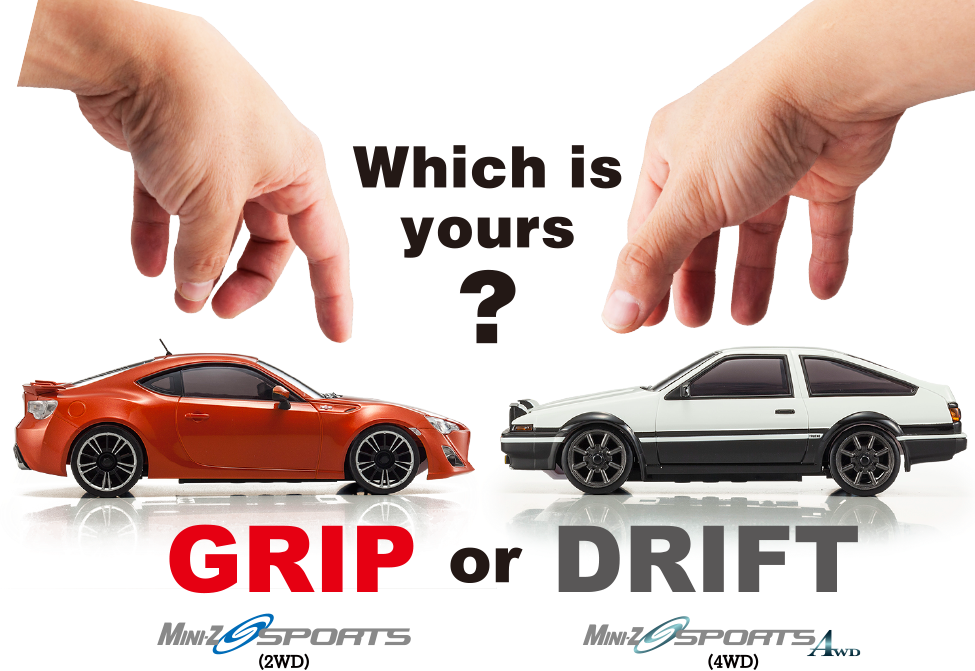
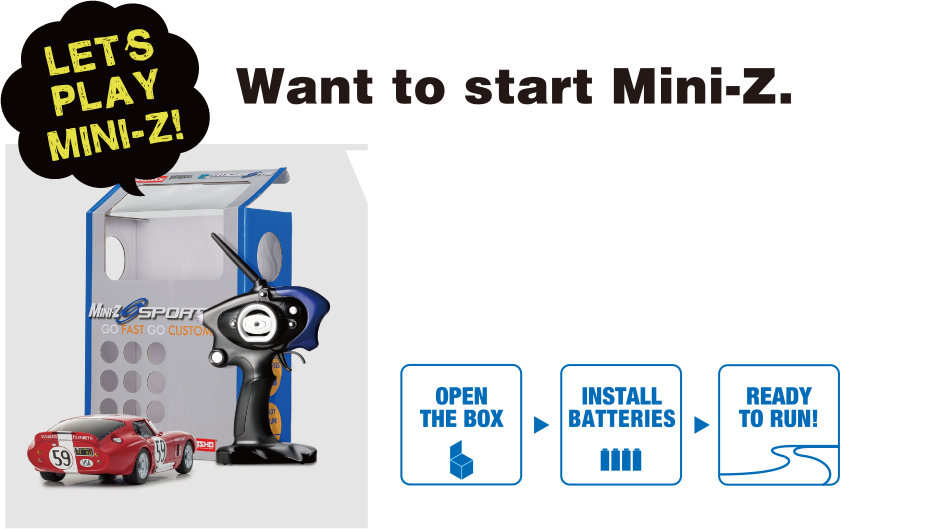


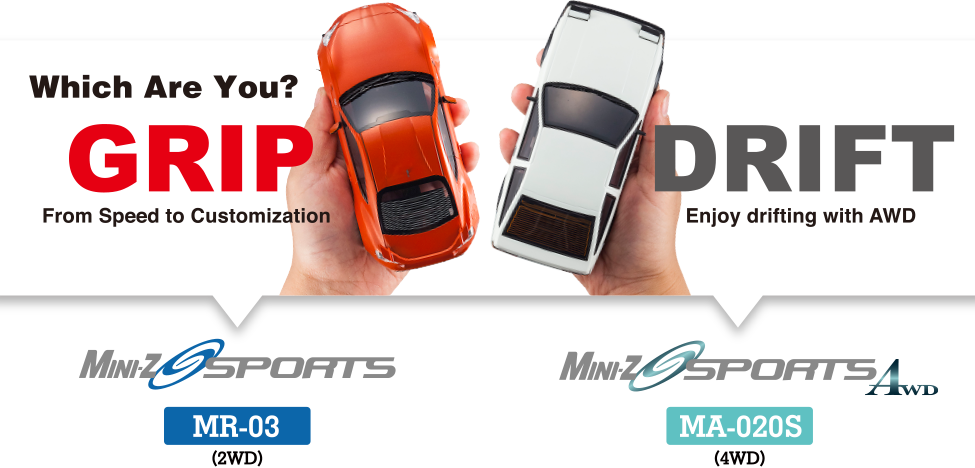


The unique electronic control unit is incorporated into a compact, high-precision low center-of-gravity chassis design. With an adjustable wheelbase, various body styles can be fitted.
 Mini-Z’s ultra high-precision 2WD chassis (MR-03) features a rear motor mount. The layout of the 4WD specification (MA-020S) mounts the motor on the left of center.
Mini-Z’s ultra high-precision 2WD chassis (MR-03) features a rear motor mount. The layout of the 4WD specification (MA-020S) mounts the motor on the left of center.
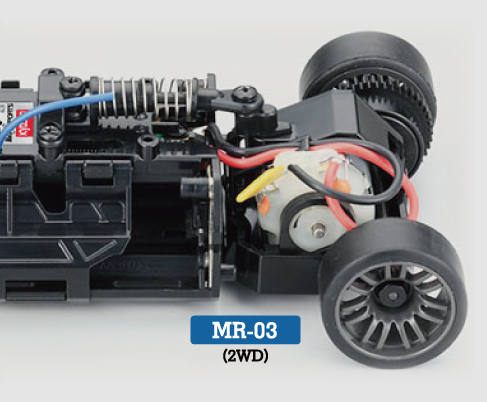

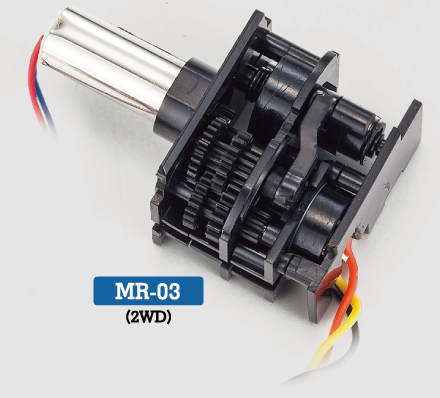
 When a car drives through a corner, the path each wheel must follow is different, which means each wheel must rotate at different speeds for optimum traction and handling. Both versions of the Mini-Z Sports feature a bevel-gear differential to allow differing wheel speeds, which delivers smooth, confident cornering.
When a car drives through a corner, the path each wheel must follow is different, which means each wheel must rotate at different speeds for optimum traction and handling. Both versions of the Mini-Z Sports feature a bevel-gear differential to allow differing wheel speeds, which delivers smooth, confident cornering.

Newly developed 'VCS' (Variable Camber Suspension) progressively increases camber angle as the suspension compresses, keeping the front tires at the optimum angle no matter how hard you're cornering. The VCS also delivers a neutral steering feel without creating unpredictable "bump-steering."

Replacing the front lower and upper plates and steering tie-rod allows both narrow and wide tread to be used.
VCS (Variable Camber Suspension) maintains optimum camber angle in concert with suspension movement.
 Adjusting the degree of flex in rear suspension plate controls front wheel traction.
Adjusting the degree of flex in rear suspension plate controls front wheel traction.
 Strut-type suspension delivers high reliability and reduces changes in alignment.
Strut-type suspension delivers high reliability and reduces changes in alignment.

 The special transmitter for the Mini-Z Sports Series operates on FHS2.4GHz. Equipped with trim to operate the optional light unit.
The special transmitter for the Mini-Z Sports Series operates on FHS2.4GHz. Equipped with trim to operate the optional light unit.
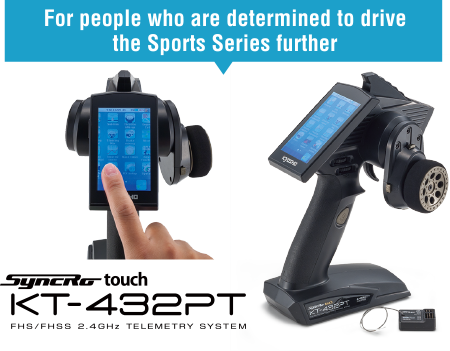 Advanced R/C system featuring a full color LCD touch display allows each setting to be changed on screen, just like on a smart phone. In addition to its high performance response, essential settings in real R/C cars such as endpoint and exponential can be displayed graphically.
Advanced R/C system featuring a full color LCD touch display allows each setting to be changed on screen, just like on a smart phone. In addition to its high performance response, essential settings in real R/C cars such as endpoint and exponential can be displayed graphically.


 The Mini-Z Racer Sports is a great machine for fun driving but it also packs serious ‘racing car’ performance that can evolve into a pure racing machine with various optional parts. For drift driving, style is just as important as performance so boost your car’s presence with styling parts.
The Mini-Z Racer Sports is a great machine for fun driving but it also packs serious ‘racing car’ performance that can evolve into a pure racing machine with various optional parts. For drift driving, style is just as important as performance so boost your car’s presence with styling parts.


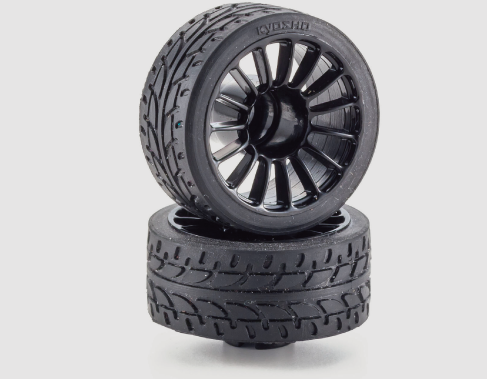
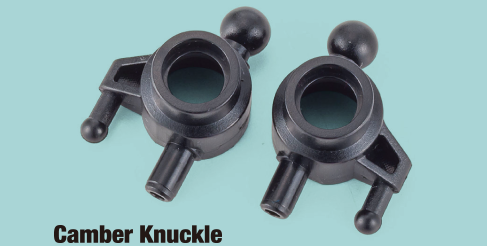
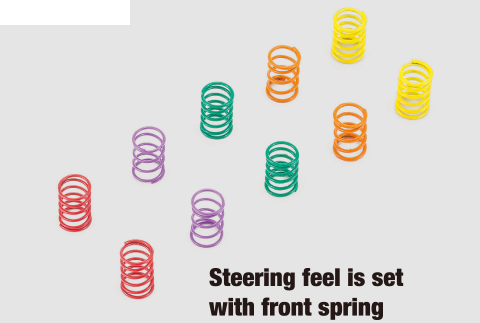
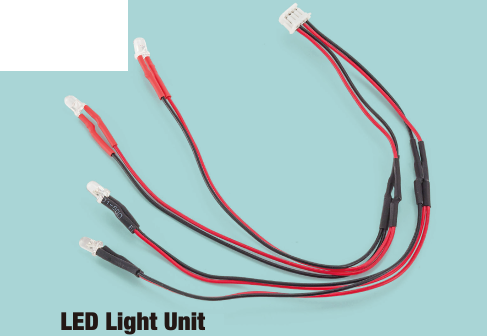
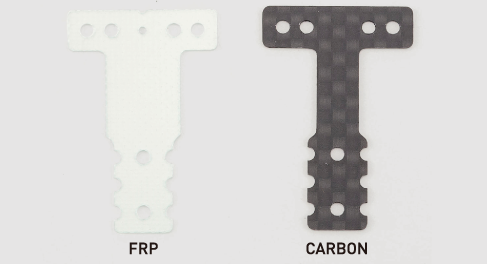
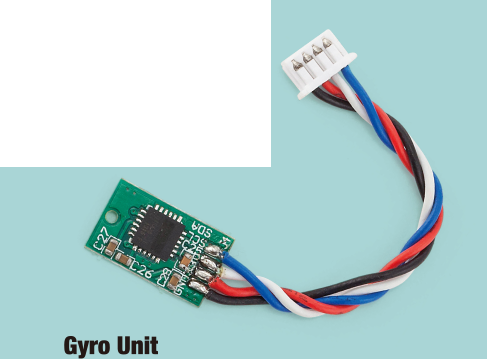
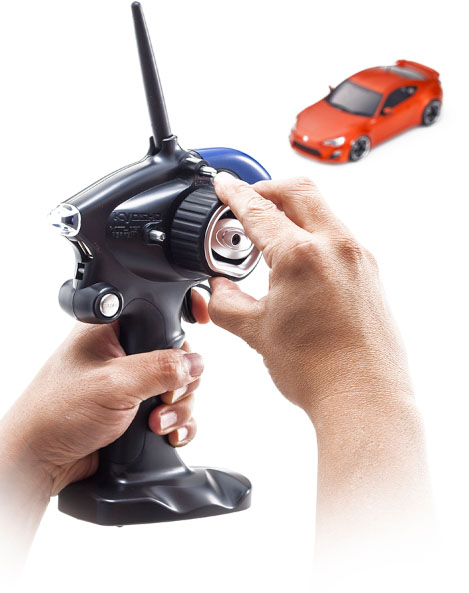
Mini-Z is great for driving at home, displaying as a collection, and modifying for improved performance.
An indoor course designed with the included pylons is a great way to enjoy time trials.

Mini-Z can be driven immediately! Just insert four AAA-size alkaline batteries in the controller and four more in the chassis. Switch the controller ON, then switch the chassis power ON!

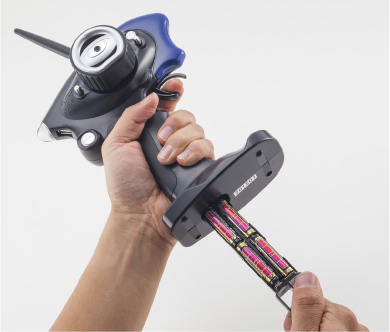
 Hold the controller in your left hand and pull the throttle trigger slowly with your left index finger. This functions as the accelerator. Turn the steering wheel gently left and right using you right hand. Did you see the perfectly proportional movement of the wheels on the chassis?! This precise control demonstrates that the Mini-Z is a true hobby-grade RC car. The precision controls in addition to the high-quality construction, produce driving characteristics similar to that of a real car.
Hold the controller in your left hand and pull the throttle trigger slowly with your left index finger. This functions as the accelerator. Turn the steering wheel gently left and right using you right hand. Did you see the perfectly proportional movement of the wheels on the chassis?! This precise control demonstrates that the Mini-Z is a true hobby-grade RC car. The precision controls in addition to the high-quality construction, produce driving characteristics similar to that of a real car.
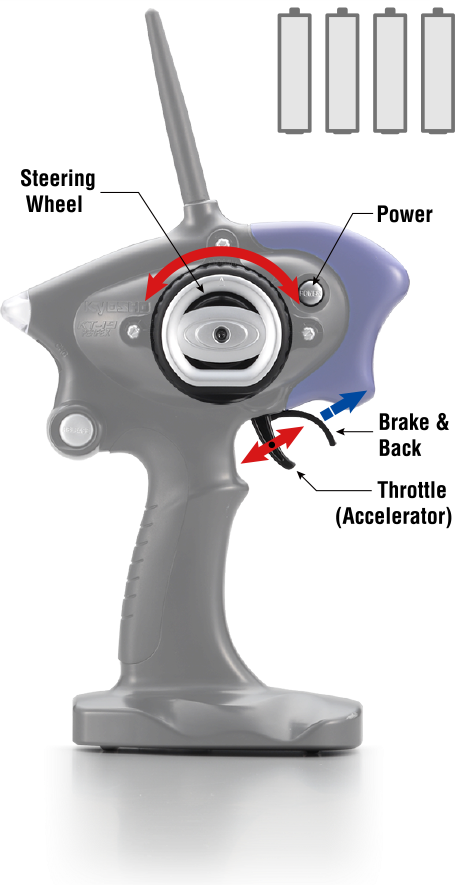

Learning how to control your Mini-Z is the key to proper driving. First, pull the throttle slowly and hold it at a slow speed while you gradually turn the steering wheel left and right. Start slowly and work up to a faster speed as you become more skilled.

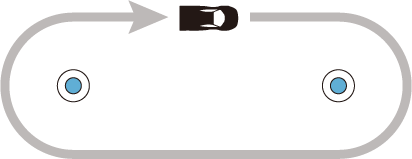 Place two plastic bottles about 2 yards apart from each other. Try to drive around them in an oval pattern. This helps to better develop your driving skills in proximity to objects. You need to drive slowly at first, being careful to follow the same line around the oval. The better you get, the faster you can go!
Place two plastic bottles about 2 yards apart from each other. Try to drive around them in an oval pattern. This helps to better develop your driving skills in proximity to objects. You need to drive slowly at first, being careful to follow the same line around the oval. The better you get, the faster you can go!
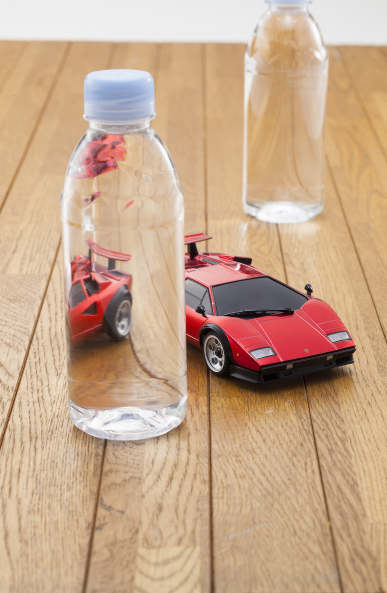
 Next, try to drive your car in a figure 8 around the plastic bottles. If you can do this easily, you're ready for the next stage. There's a proper driving course layout available. Many drivers enjoy making their own more sophisticated layouts to even further develop their driving skills.
Next, try to drive your car in a figure 8 around the plastic bottles. If you can do this easily, you're ready for the next stage. There's a proper driving course layout available. Many drivers enjoy making their own more sophisticated layouts to even further develop their driving skills.
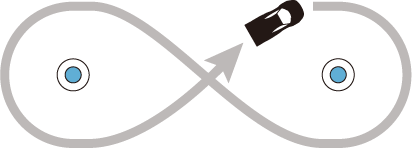
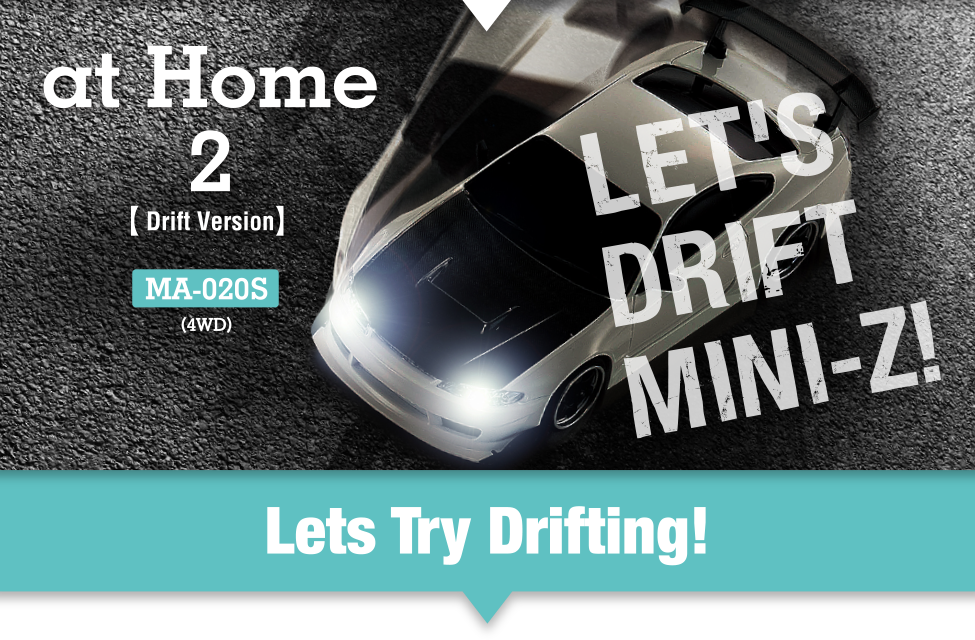

At just 7 inches in length, the Mini-Z only requires about 8x4 feet of space in your garage or living room. You don't need to go to
a special race track.
The AWD Sports is already fitted with special drifting
tires, so all you need is to develop your drifting skills!
 Maintain a steady, round circle as practice for controlled cornering while drifting. Place an object on the driving surface for reference. Start the drift with full steering to the right or left, then pull the throttle trigger to full throttle. Gradually return the steering to neutral and perhaps counter-steer. During this sequence, the car will begin to "drift." Adjust the throttle and steering to circle the reference object you place on the running surface, while the car's tires are spinning. At first, try a circle of about a couple feet, then gradually reduce the turning radius to run a tighter circle.
Maintain a steady, round circle as practice for controlled cornering while drifting. Place an object on the driving surface for reference. Start the drift with full steering to the right or left, then pull the throttle trigger to full throttle. Gradually return the steering to neutral and perhaps counter-steer. During this sequence, the car will begin to "drift." Adjust the throttle and steering to circle the reference object you place on the running surface, while the car's tires are spinning. At first, try a circle of about a couple feet, then gradually reduce the turning radius to run a tighter circle.
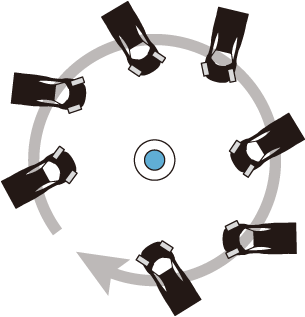 Image shows illustration of front tires.
Image shows illustration of front tires. 
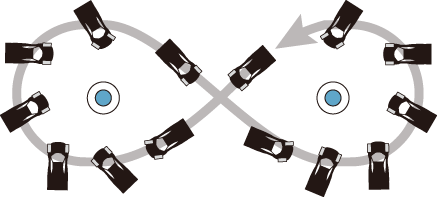

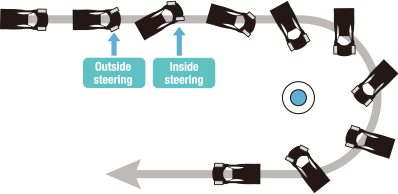

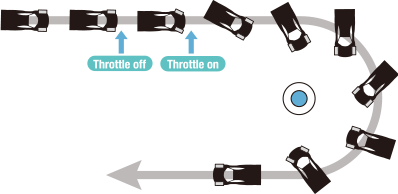

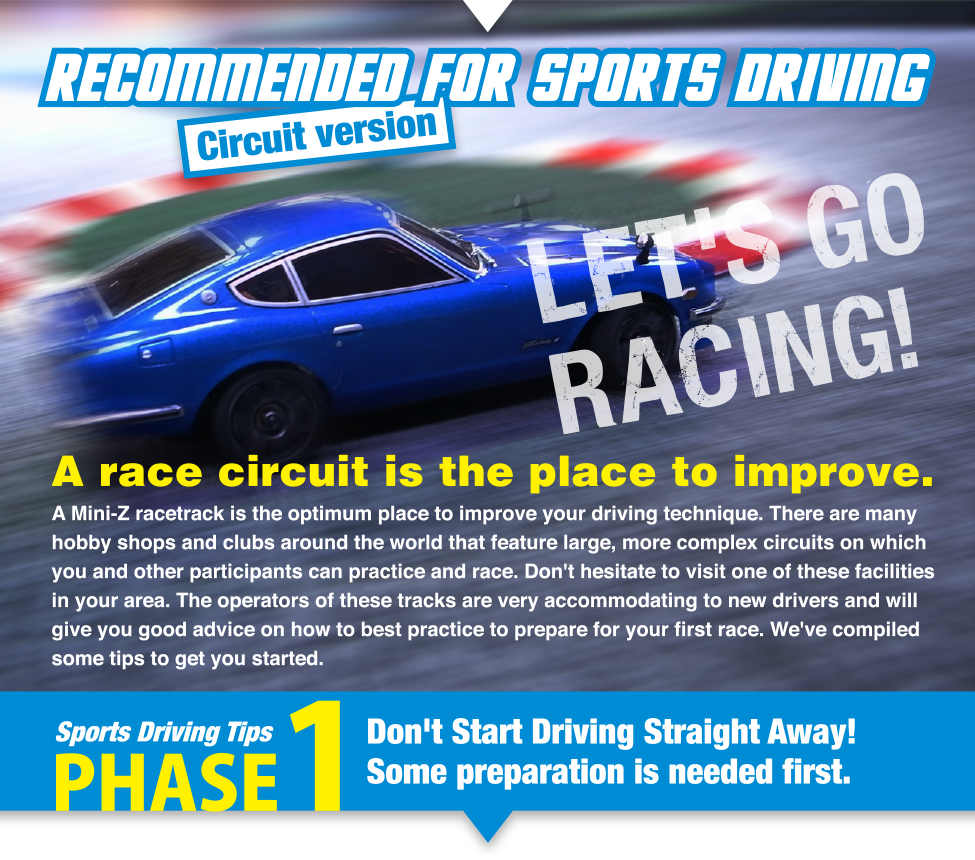
 Accelerate along a straight line at full throttle and navigate through a number of corners. A race circuit is the place to enjoy real racing excitement. Race circuits offer a variety of layouts and surfaces and charge a fee for the time you use the circuit. These are places for everyone to go and enjoy racing so there are rules and regulations about usage that you should check on their websites beforehand.
Accelerate along a straight line at full throttle and navigate through a number of corners. A race circuit is the place to enjoy real racing excitement. Race circuits offer a variety of layouts and surfaces and charge a fee for the time you use the circuit. These are places for everyone to go and enjoy racing so there are rules and regulations about usage that you should check on their websites beforehand.
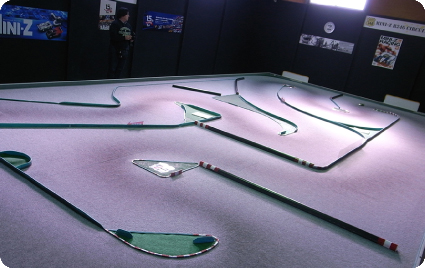
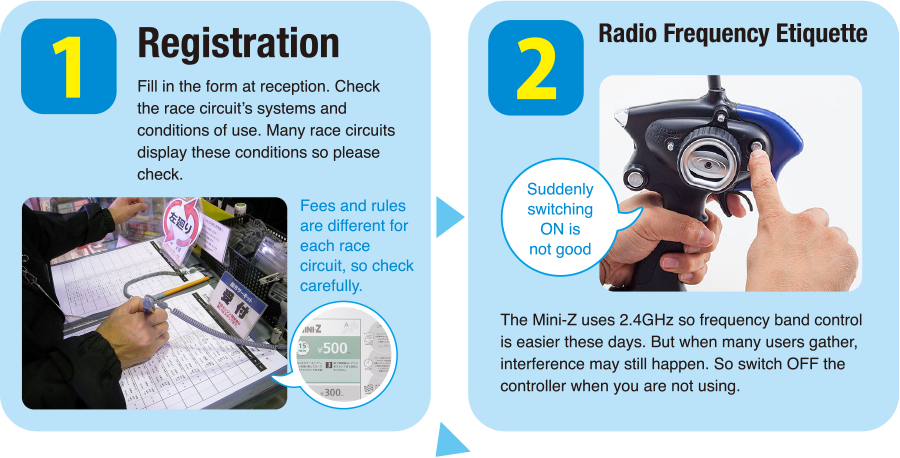
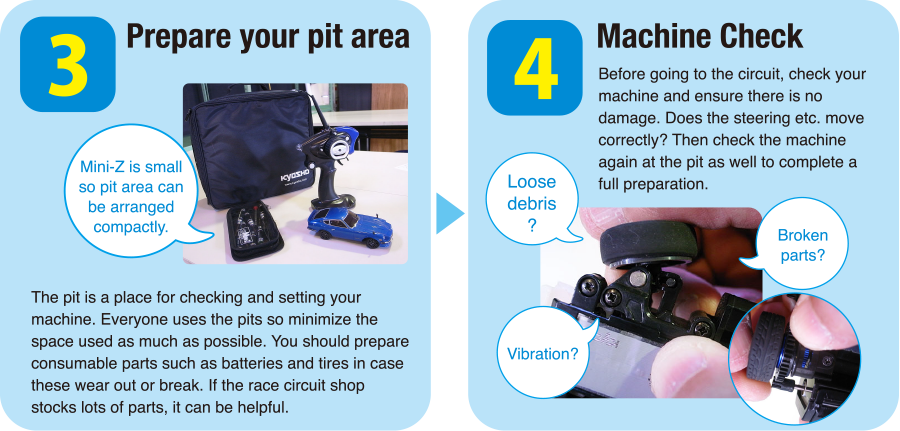
This circuit is similar to an official championship circuit. Established with about 35-40 feet of straights and 13 corners, this is a common racetrack layout.

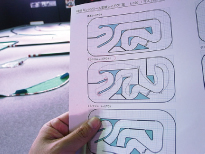 Mindlessly driving around the track won't help you to improve your skills. Determine the track layout that will be used at the facility you visit, then mentally prepare a plan to drive the most efficient lines around the track for the quickest, most consistent lap times.
Mindlessly driving around the track won't help you to improve your skills. Determine the track layout that will be used at the facility you visit, then mentally prepare a plan to drive the most efficient lines around the track for the quickest, most consistent lap times.

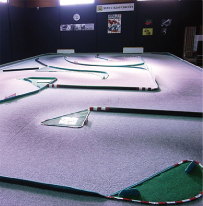 A course diagram provides an overview of the layout but seeing the circuit with your own eyes creates a totally different impression. First check the overall layout from a circuit diagram and then walk around the course to check specific points. You may find some gradient that doesn’t appear on the diagram or a shorter driving line though a corner.
A course diagram provides an overview of the layout but seeing the circuit with your own eyes creates a totally different impression. First check the overall layout from a circuit diagram and then walk around the course to check specific points. You may find some gradient that doesn’t appear on the diagram or a shorter driving line though a corner.

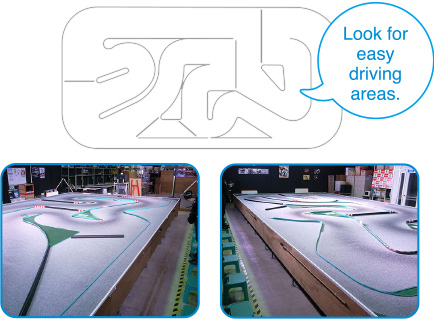 The position where you stand while driving your RC car is the driver's point of view. Note that the view of the circuit can be different depending where you stand with your the controller. Standing in the center usually provides the most complete view, but areas of the track may be obscured, or you may want a better view of a difficult section. Move around to find the optimal position from which you can drive most comfortably.
The position where you stand while driving your RC car is the driver's point of view. Note that the view of the circuit can be different depending where you stand with your the controller. Standing in the center usually provides the most complete view, but areas of the track may be obscured, or you may want a better view of a difficult section. Move around to find the optimal position from which you can drive most comfortably.

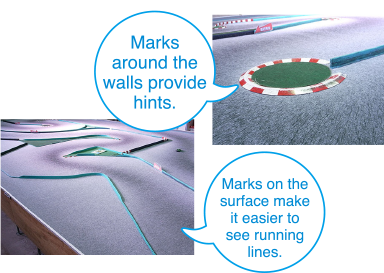 If relying 100% on sense, one mistake may disrupt your rhythm. So find markers around the course. Markers can be different with each circuit so identify things such as zebra zones, marks on walls, marks on the track surface and sign boards etc. Also, don’t just focus your view on the car as looking beyond each corner produces better driving results.
If relying 100% on sense, one mistake may disrupt your rhythm. So find markers around the course. Markers can be different with each circuit so identify things such as zebra zones, marks on walls, marks on the track surface and sign boards etc. Also, don’t just focus your view on the car as looking beyond each corner produces better driving results.

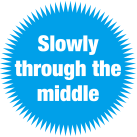
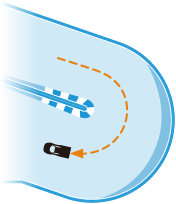
 Lets start driving. Avoid starting out too fast.
The important thing is to precisely control the car.
To practice, drive slowly down the middle of the course. This seems easy but it is actually quite difficult and you will discover the important interaction between steering and acceleration. If you maintain your driving line through the middle of the course, you can feel a natural driving rhythm.
Lets start driving. Avoid starting out too fast.
The important thing is to precisely control the car.
To practice, drive slowly down the middle of the course. This seems easy but it is actually quite difficult and you will discover the important interaction between steering and acceleration. If you maintain your driving line through the middle of the course, you can feel a natural driving rhythm.
 Once you get the rhythm, try to drive the running lines that
you envisioned while studying the track diagram.
At this stage, do not get caught at each corner but breakdown the course into sections. You don’t need to drive fast, just learn to follow driving lines accurately and control the posture of the car when entering corners with a combination of steering and acceleration.
Once you get the rhythm, try to drive the running lines that
you envisioned while studying the track diagram.
At this stage, do not get caught at each corner but breakdown the course into sections. You don’t need to drive fast, just learn to follow driving lines accurately and control the posture of the car when entering corners with a combination of steering and acceleration.
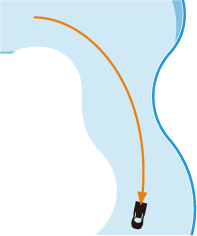
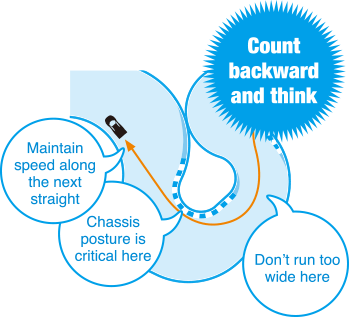
 Once you get used to the course layout, plan the whole race. Think specifically where to accelerate and where to reduce speed, what posture provides the smoothest entry to corners without losing time etc. Don’t worry if you make a mistake, just focus on the cause and the solution. Was it the wrong speed or angle of attack, or something else? Think about it and try to find the best line for optimal speed. If you keep focus on these aspects you will find improvement in driving performance.
Once you get used to the course layout, plan the whole race. Think specifically where to accelerate and where to reduce speed, what posture provides the smoothest entry to corners without losing time etc. Don’t worry if you make a mistake, just focus on the cause and the solution. Was it the wrong speed or angle of attack, or something else? Think about it and try to find the best line for optimal speed. If you keep focus on these aspects you will find improvement in driving performance.